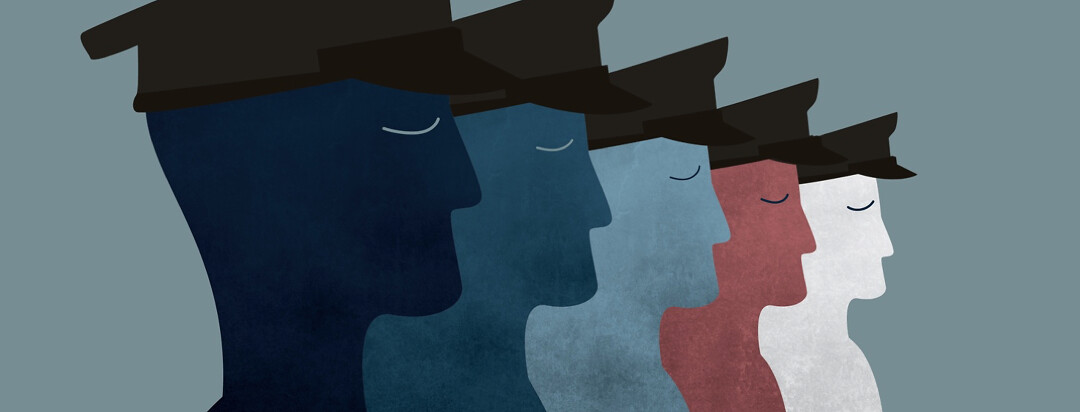Sleep Apnea and Insomnia in Active-Duty Military Service Members
A new study published in the journal Sleep showed increasing rates of sleep disorders in active members of the U.S. military. Since 2005, the rates of obstructive sleep apnea (OSA) and insomnia have multiplied by 30 to 40 times.1
Members of the Army have higher rates of sleep disorders than members of other military branches. Women in the military seem to be under-diagnosed. We need more studies to understand these trends.1
What are the main takeaways from the study?
This study looked at data of medical diagnoses of active-duty service members. The study grouped diagnoses of OSA and insomnia by standard military groups, including:1
- Military pay grade
- Service branch
- Sex
- Age
- Marital status
- Race
The main takeaway from the study is the increase of OSA and insomnia cases. The rates increased from:1
- 11 cases of OSA out of 10,000 service members in 2005 to 333 cases in 2019
- 6 cases of insomnia out of 10,000 service members in 2005 to 272 cases in 2015
The study also showed which service members are most likely to be diagnosed with OSA or insomnia. For example:1
- Men make up 85 percent of the military and about 90 percent of new OSA and insomnia cases.
- Army members make up only 38 percent of the military but about 50 percent of new cases.
- People over 40 years old are diagnosed at higher rates than people under 40.
- Married people have higher rates than people with other marital statuses.
- Racial minorities have higher rates than white service members.
- Senior enlisted personnel have much higher rates than junior members.
According to the study, women in the military were less likely to have a sleep disorder. This may mean that women in the military are under-diagnosed.1
What do other studies say about sleep disorders in military service members?
Other studies have shown high rates of sleep problems in the military. For example, previous studies have shown that:2-4
- Nearly half of military members have poor sleep
- Most people in the Army get less than 6 hours of sleep per night
- Veterans have high rates of OSA and insomnia
The study in Sleep is the first to report cases in active-duty members across all branches. Other studies focused on members in only 1 branch. For example, previous studies showed that:5-7
- About 20 percent of Army members have insomnia
- About 3 percent of Navy and Marine members have insomnia
- New cases of OSA in the Army increased by 600 percent from 2003 to 2011
Many of these studies were small and may have missed cases of sleep disorders. The study published in Sleep provides a more complete picture of sleep disorders in the military.1
Why do certain military members have a higher risk of sleep disorders?
Some aspects of military service may lead to OSA and insomnia. These include:1
- Long workdays
- Shift work
- Frequent moves
- Deployments
Other factors must explain why Army members have higher rates of OSA and insomnia. One possible explanation is that Army members have different missions and exposures. These may impact sleep and lead to OSA and insomnia.1
Another reason could be the different demographics of the Army. Compared to the Marines, the Army has a higher percentage of service members who are:1,8
- Overweight
- Women
- Racial minorities
- Older than 40 years old
These trends align with risk factors for OSA in the general population. Age may be an underlying risk factor that explains why senior and married personnel have higher rates.1
Another reason may be that Army members are diagnosed better. Members of the Army have better access to medical resources at large treatment facilities. Many of these facilities include sleep centers. Army members also may have better awareness of sleep disorders.1
Why are rates of sleep disorders in the military increasing?
We need more detailed studies to better understand why OSA and insomnia rates are increasing. The authors of the study proposed some explanations.
One possible cause is deployments to Iraq and Afghanistan. These deployments peaked in 2008. Army members had longer deployments than members of other branches.1
Another possible cause is increasing rates of post-traumatic stress disorder (PTSD) and traumatic brain injury (TBI). These are linked to insomnia and OSA. Another factor may be better access to screening and sleep resources.1
Changing demographics of the military may contribute. The military has grown older and more diverse over the past few decades.1,9

Join the conversation